What Every NOVA Resident Needs to Know When the Temperature Drops
Living in Northern Virginia brings with it many benefits, from vibrant cultural activities to an array of job opportunities. It’s no secret, though, that the winter months bring cold temperatures and even a fair amount of snow. For reference, the coldest day of the year historically in Fairfax is January 30, and it brings an average high of 42° Fahrenheit and an average low of 26° Fahrenheit. When battling those freezing temperatures, it’s important to make sure your home is as ready as possible for the onslaught of winter.
Failing to prepare your house for the cold months or improperly prepping your home can have big consequences on your investment. So, when the mercury starts to drop on those thermometers, make sure you’re doing everything possible to avoid the costly damage that winter can impose on your home and surrounding property.
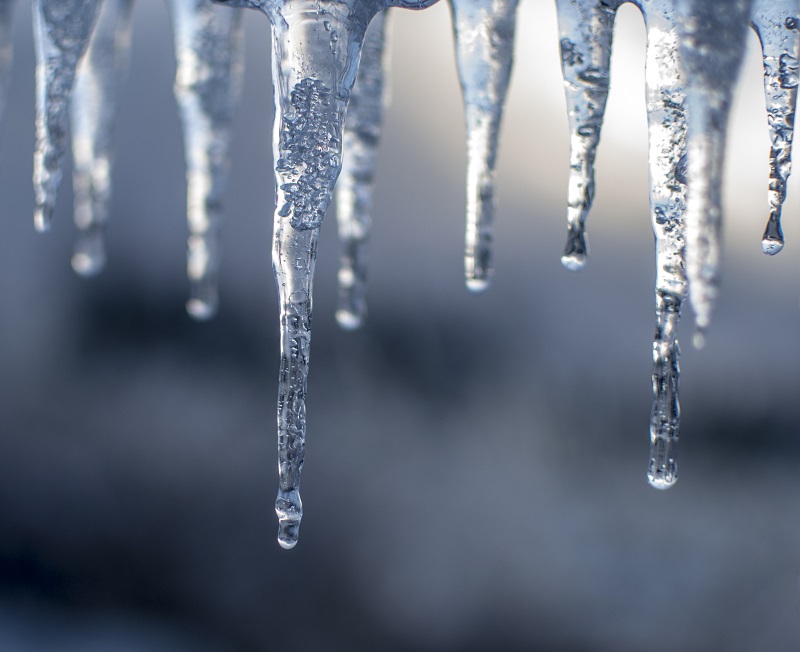
To help you out, we’ve made this handy checklist of the top winter home maintenance tasks!
- Inspect the Fireplace and Chimney
Every winter, visually inspect your fireplace and chimney to confirm they’re free of any buildup. To be extra safe, have a professional in that field inspect them for you. The danger here is creosote, which is a flammable oil that can accumulate over time in chimneys. Untreated, it poses a fire risk to your home.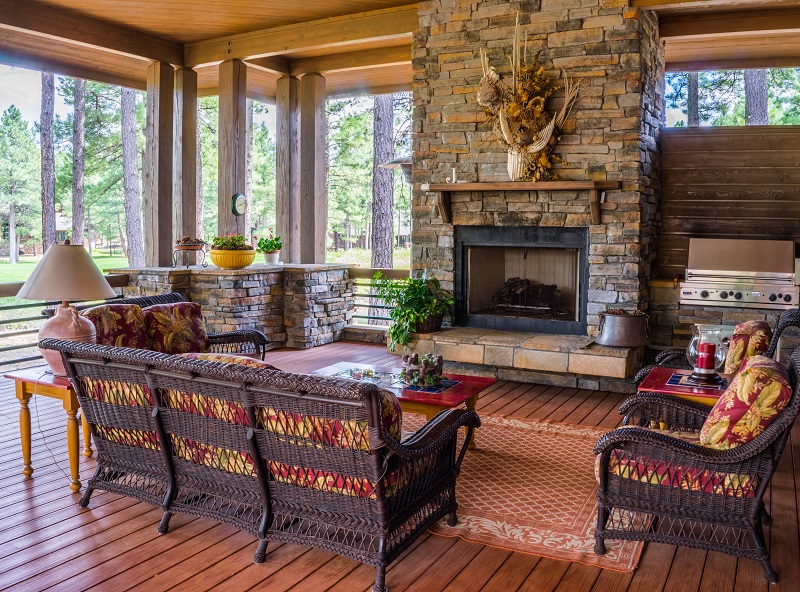
- Check Your Heating and Air-Conditioning System
A typical heating and air system will generally last somewhere between twelve and fifteen years, but with proper maintenance and care, it’s possible for your system to still be going strong at twenty years or more!To capitalize on those big savings, make sure to change your filters before the weather turns too cold. It’s also a good idea to have a professional HVAC contractor inspect your system. If there are problems, you want to know about them before you’re sitting in an ice-cold house with a malfunctioning furnace!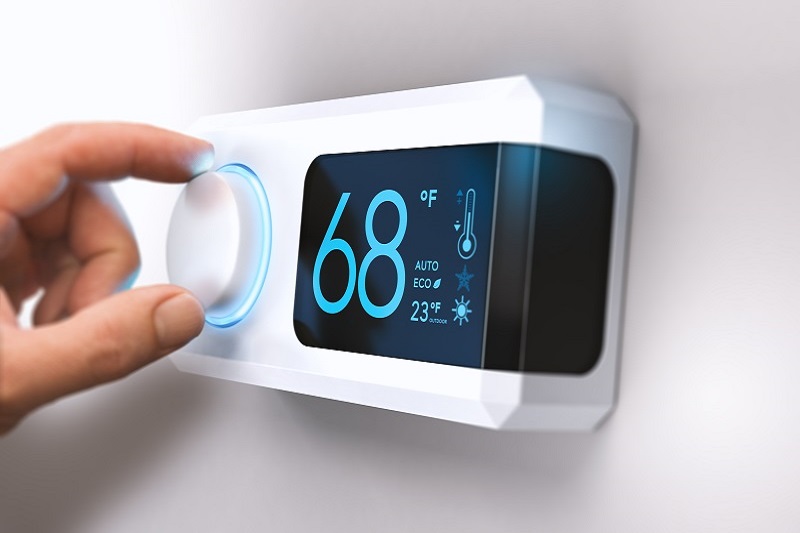
- Add Weather Stripping
Focus on door frames, windows, and anywhere that might allow a draft in. This simple step can make a big difference to your winter utility bills! It can also mean less work for your heating system, which can lengthen its life. This can also save you significant money. - Clear Your Gutters
Gutters tend to get clogged with leaves, twigs, and other debris in the fall, and it’s crucial to clean them out before winter hits. Ice and snow can only properly melt if your gutters are clear. Otherwise, damaging ice dams can form, which could potentially lead to expensive leaks.Overflowing gutters can also mean expedited deterioration of your siding, as well as foundation damage, settling under porches and walks, and water in your basement. - Arm Yourself with Snow Equipment
If you know you’re going to be battling snow this winter, make sure you’re prepared with the proper equipment. That includes snow shovels, snowblowers, rakes, and ice-melting supplies (think sidewalk salt). If it’s in your budget, a generator can also be a great investment if the power goes out for any significant length of time.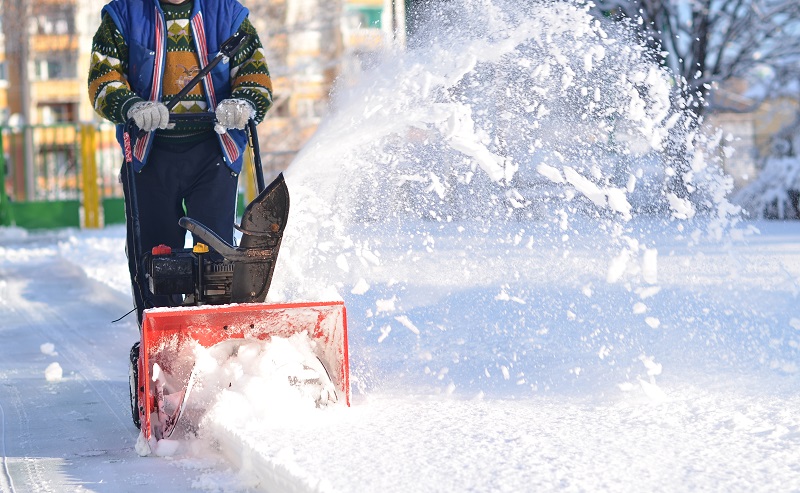
- Protect the Exterior Wood of Your Home
To avoid damage, wood needs to be properly shielded from the elements through the winter months. While your decking material is likely pressure-treated boards that are resistant to rot, things like trim around exterior doors is often just one-inch pine, which can quickly deteriorate in extreme conditions. Since replacing trim is a big hassle (and expense!), save yourself some trouble by painting and caulking this wood before the deep freeze hits. If you stay on top of this, it’s a fairly easy do-it-yourself task; if the wood rots, you’ll likely need a professional trim carpenter.As an added precaution, it doesn’t hurt to check that your deck boards are ready for winter too. Put a bit of water on your deck. If it beads up, your seal is still functioning properly. If the water soaks in, it’s time to clean and reseal.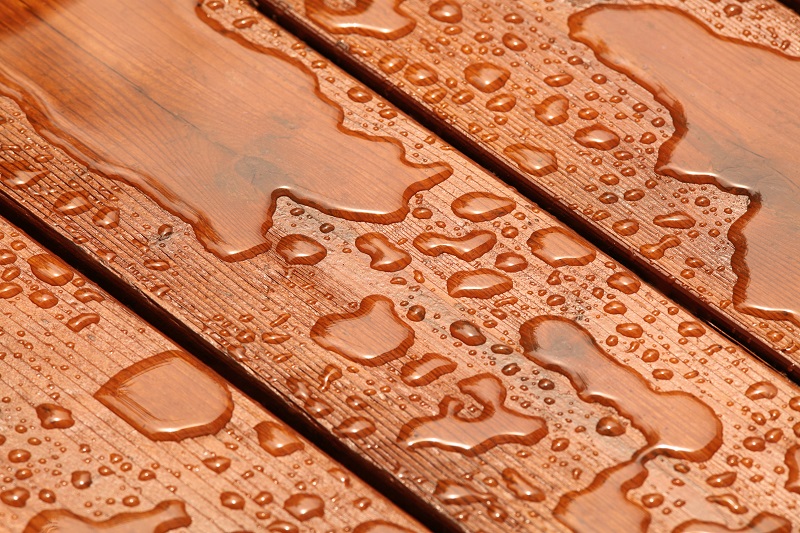
- Protect Your Exterior Concrete
Just as wood shouldn’t be exposed to the elements all winter, your concrete should also be given some attention. A concrete sealer should occasionally be applied to all flat exterior concrete surfaces, including patios, driveways, and walkways. If you notice any cracks in the concrete, fill them in before applying the sealer. This helps ensure water doesn’t get in, freeze, expand, and worsen the cracks. - Check Drainage
Every year, do a once-over of the area around your foundation. Ensure the soil hasn’t settled and created spaces for water to pool. If you do notice low spots anywhere near your foundation, simply fill them in with some extra soil.Next, check all your downspouts. Water should have an unimpeded and seamless route away from your house. If not, the soil around your foundation can saturate, freeze, and thaw throughout the seasons, potentially causing serious foundation issues and even structural damage to the house. If necessary, add downspout extenders. - Test All Smoke and Carbon Monoxide Detectors
As the temperatures drop, people are more inclined to build fires and to crank up the furnace. Consequently, it’s the most common time for house fires. With low temperatures and gusting wind, people are also more inclined to keep all their windows and doors securely shut, meaning carbon monoxide buildup becomes a bigger hazard in the winter. For the highest level of safety, check all the batteries in these detectors. If you don’t already have a carbon monoxide detector, consider investing in one.Note: A professional HVAC inspection (see item number two) will confirm your furnace and water heater are both properly vented. Improper venting is one of the most common sources of excess carbon monoxide.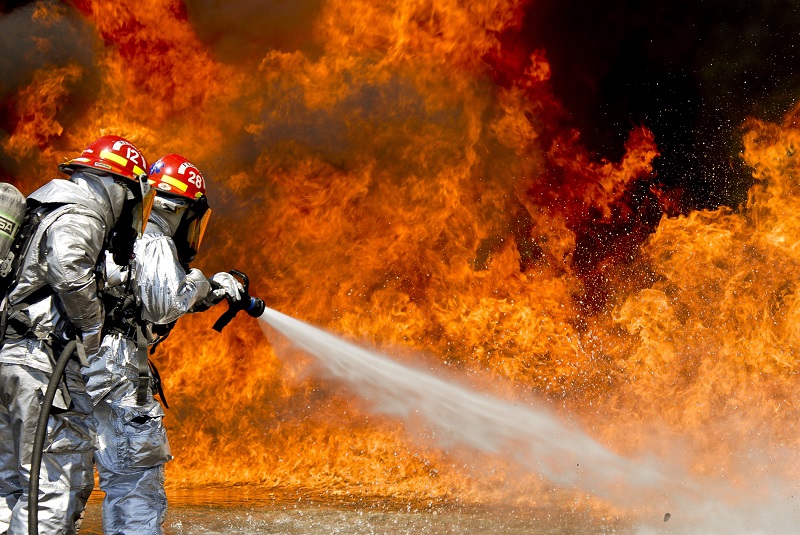
- Drain Outside Faucets
Outside water faucets are entirely exposed and will likely freeze over the winter. This can result in split water lines that might flood a basement. At the very least, you’re risking getting a leak in that outside faucet.To drain, turn off the water valve to the outside spigot, open the valve, and let the majority of the water drain. Even if you don’t get every drop, the remaining water can safely freeze and expand without bursting seals or pipes. Leave the water valve shut off until you’ll be using that exterior spigot again.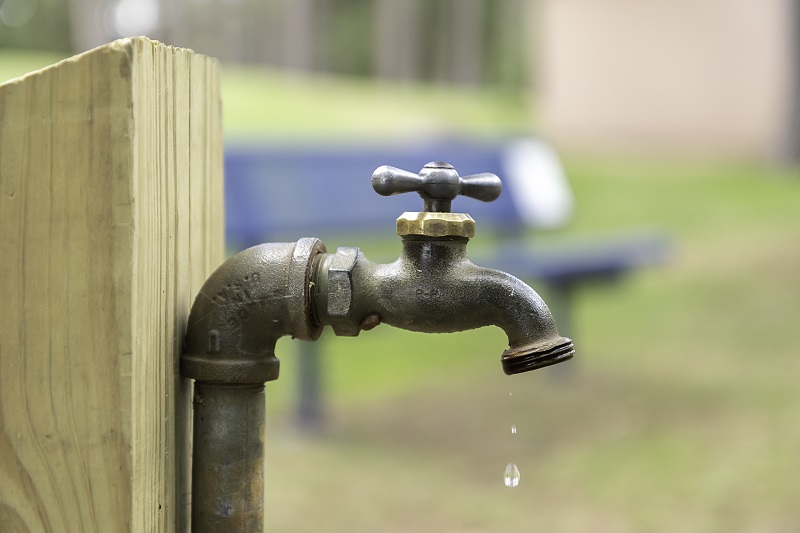
- Assess Your Surrounding Trees
During the fall or early winter, do a quick audit of your surrounding trees. Make sure they’re all still healthy and not at risk of falling on your home or a neighboring house. Because it’s not always obvious which trees are healthy and which are dying, it’s best to get a professional arborist to complete this task.While trimming trees isn’t typically a fall activity, it’s worth cutting away any branches that are actually up against your house. When those branches become coated in ice, you don’t want them in contact with your windows or siding.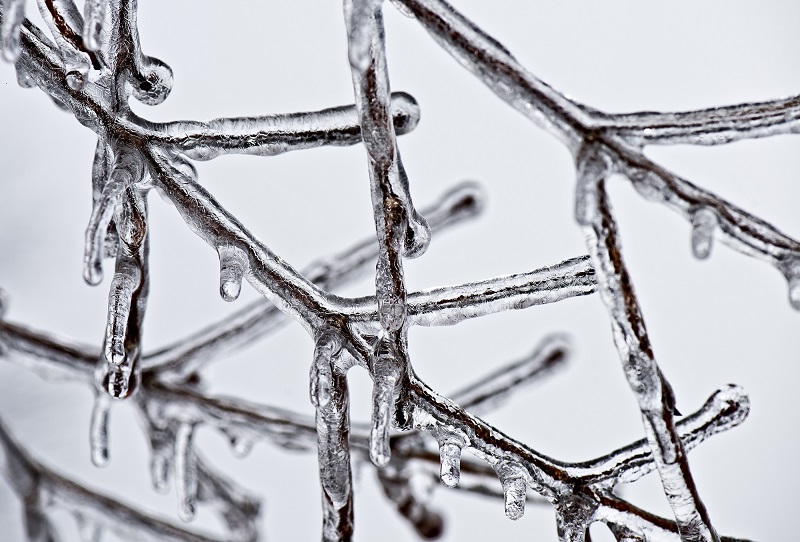
- Protect Your Attic from Critters
Winter is cold and harsh, and it isn’t just people who seek respite from the elements indoors. Animals will take every opportunity to find a warm spot during the coldest months, and you need to make sure that spot isn’t your attic!Animals, such as squirrels and birds, can cause lots of damage, and in some cases, their presence can even be a health issue. With that in mind, ensure all gable vents are intact, and consider actually putting up screens behind the vents as well. Also, visually inspect all soffits and fascia for holes. Even small spaces could be enough for birds to get in.
- Protect Your Patio FurnitureIf you have space in your garage, basement, or attic for patio furniture, it’s best to keep all those chairs, tables, and side tables completely safe from the elements. If you don’t have space, at least cover them so they avoid the majority of exposure. Be careful, however, to do so on a warm, clear day. Otherwise, you might accidentally trap moisture under the cover.

Owning a home is a big responsibility and a lot of work, but the benefits far outweigh the costs, and taking a small amount of time to complete this checklist before winter hits can end up saving you a lot of time, hassle, and money in the long run.
If you’re interested in jumping into the Northern Virginia real estate market, don’t hesitate to reach out to us today!










